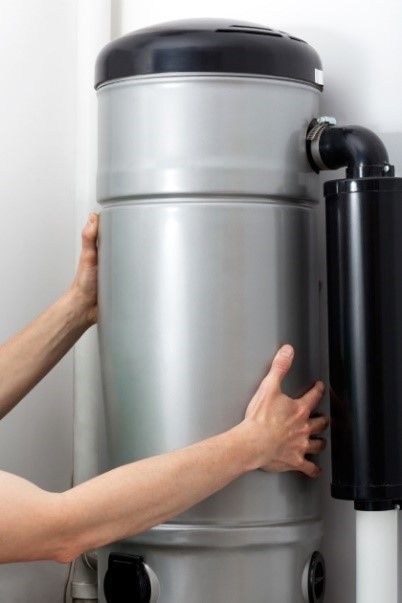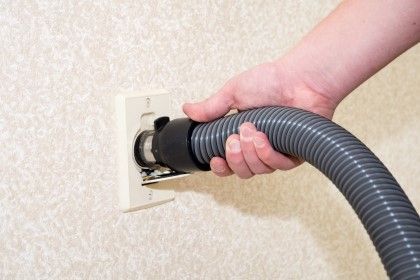Key Central Vacuum System Parts and Features
Table of Contents
Key Central Vacuum System Parts and Features
Central vacuum cleaners or built-in vacuums have grown in popularity in recent years, with many companies starting to manufacture them. The advantages of owning one are insurmountable. These systems are composed of several parts, each with a crucial role to play. There is a power unit, which you can mount in your basement, garage, or utility room, along with a series of inlet valves where you can fit a 30-35-foot hose. Read on to learn how each of these contributes to central vacuums’ efficiency.
Why Install a Central Vacuum?
Although you could go for cheaper portable vacuum cleaners, they aren’t very durable. The built-in vacuums are so durable that once you install one in your home, you will use it for up to 25 years without ever needing replacement and countless repair procedures. The robust build and parts of a central vacuum system make it much more potent than a standard sweeper. This is attributable to their exponentially large motors whose power towers over the 12-amp motors with which canisters or upright vacuum cleaners are built.
How is the Suction and Filtration Power of Central Vacuum Systems?
 In addition to the humongous motors, central vacuum systems come with powerful cyclonic suction. Furthermore, they have HEPA filtration that removes 99.97% of all allergens and dirt that’s in the air.
In addition to the humongous motors, central vacuum systems come with powerful cyclonic suction. Furthermore, they have HEPA filtration that removes 99.97% of all allergens and dirt that’s in the air.
When these two central vacuum system parts combine, they give you an incredibly useful machine that cleans your home like no other. However, they do a better job than any HEPA filter. When they’re exhausted outside, these systems are 100% effective in cleaning the air of harmful particles.
With the system that doesn’t allow anything to be emitted back into the house, your dust, dirt, and allergen-free home couldn’t be any healthier for your family. The convenience of central vacuums is incomparable with that of any portable sweeper on the market.
Rather than carry a bulky machine up and down your stairs, you can mount a few light parts of the central vacuum system along with your hose to the nearest inlet on the wall. This saves your energy and time and gives you a more enjoyable cleaning experience. One of the top reasons why using the system in your home is incredible is that you can personalize it to suit your specific needs.
Whether you have soft carpeting, hard flooring, or area rugs, the central vacuum system spoils you with a rich choice of tools and attachments that cater to your specific wants.
The Performance Versatility and Durability of the Built-in Vacuums
 Various parts and attachments of the central vacuum make it flexible enough for a wide range of tasks. For instance, if your floors are hard and have no carpeting at all, there’s no need to use the power nozzle. Therefore, you can use a standard central vacuum hose in such a case.
Various parts and attachments of the central vacuum make it flexible enough for a wide range of tasks. For instance, if your floors are hard and have no carpeting at all, there’s no need to use the power nozzle. Therefore, you can use a standard central vacuum hose in such a case.
This hose has a standard inlet valve and comes in different lengths, up to 50 feet; this implies that the hose conveys no electricity. Standard hoses can be used with various attachments, such as a hardwood floor brush, which cleans linoleum, tiles, and hardwood floors. On the other hand, if your floors are heavily carpeted, you’ll need the power nozzle.
There is a wide range of different powerheads available from several brands, such as Beam, Hayden, and Electrolux, that have immense power for cleaning carpets. These top-quality central vacuum parts enable this vacuum to unleash its full potential. When you’re using a power nozzle with your built-in vacuum, you’ll need a hose that offers you an electrical connection.
With such a hose, you can choose to either use super inlet or standard valves. With the standard valve, you will have to use a hose that has a pigtail cord on one end. A pigtail cord is a 6-foot cord at the rear end of a hose that is plugged into a nearby electrical outlet to deliver electrical power to your power nozzle.
On the other hand, the super valve needs you to use a direct connect hose. The direct connect hose has two prongs on the rear end that plugs directly into the valve to convey electricity into the hose. When installing this kind of valve, you’ll have to wire electric power into it.




Log In
Create New Account